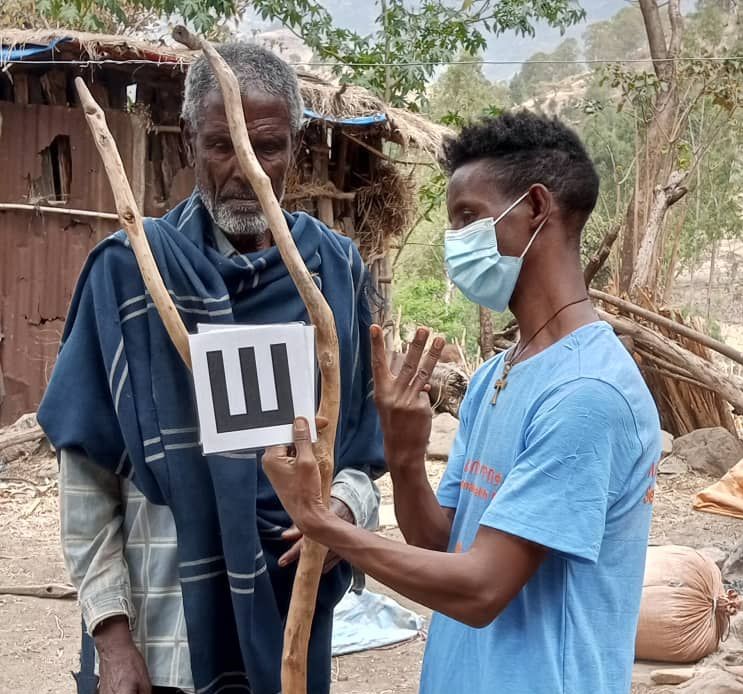Date of Completion
December 2022
Funder
Himalayan Cataract Project (HCP)
Aim
• Measure the willingness to pay for eye care services in people identified with vision impairment in a Rapid Assessment of Avoidable Blindness (RAAB) survey.
• Compare whether there is a wealth status difference between the visually impaired and those without visual impairment groups.
Identify factors influencing willingness to pay in people with vision impairment.
Identify factors influencing eye heath seeking behavior of people with vision impairment
Background
Around 80% of the causes of vision impairment in Ethiopia are either preventable or curable. These issues need to be addressed by establishing acceptable, accessible, and affordable comprehensive eye care services. However, there is a scarcity of population-based data on the eyecare needs, willingness to pay and determinants of eye health service utilisation among visually impaired populations. This study was nested from RAAB survey which was conducted in West Gojam Zone and Bahirdar City Administrations.
Key Findings
• The average amount that people with vision impairment were willing pay for eye cares services was US$19.5, (IQR: $54.5).
Visually impaired peoples were found significantly poorer than their counterparts.
Annual income and believing that the visual problem will be treated were determinants of willingness to pay for eye care services.
Only 17.5 % of community members had at least one eye care visit in the last one year
Eye care seeking behavior was influenced by their attitude toward eye care costs, vision impairment status, general health seeking behavior, educational level, and awareness

© Copyright 2023, Eyu-Ethiopia